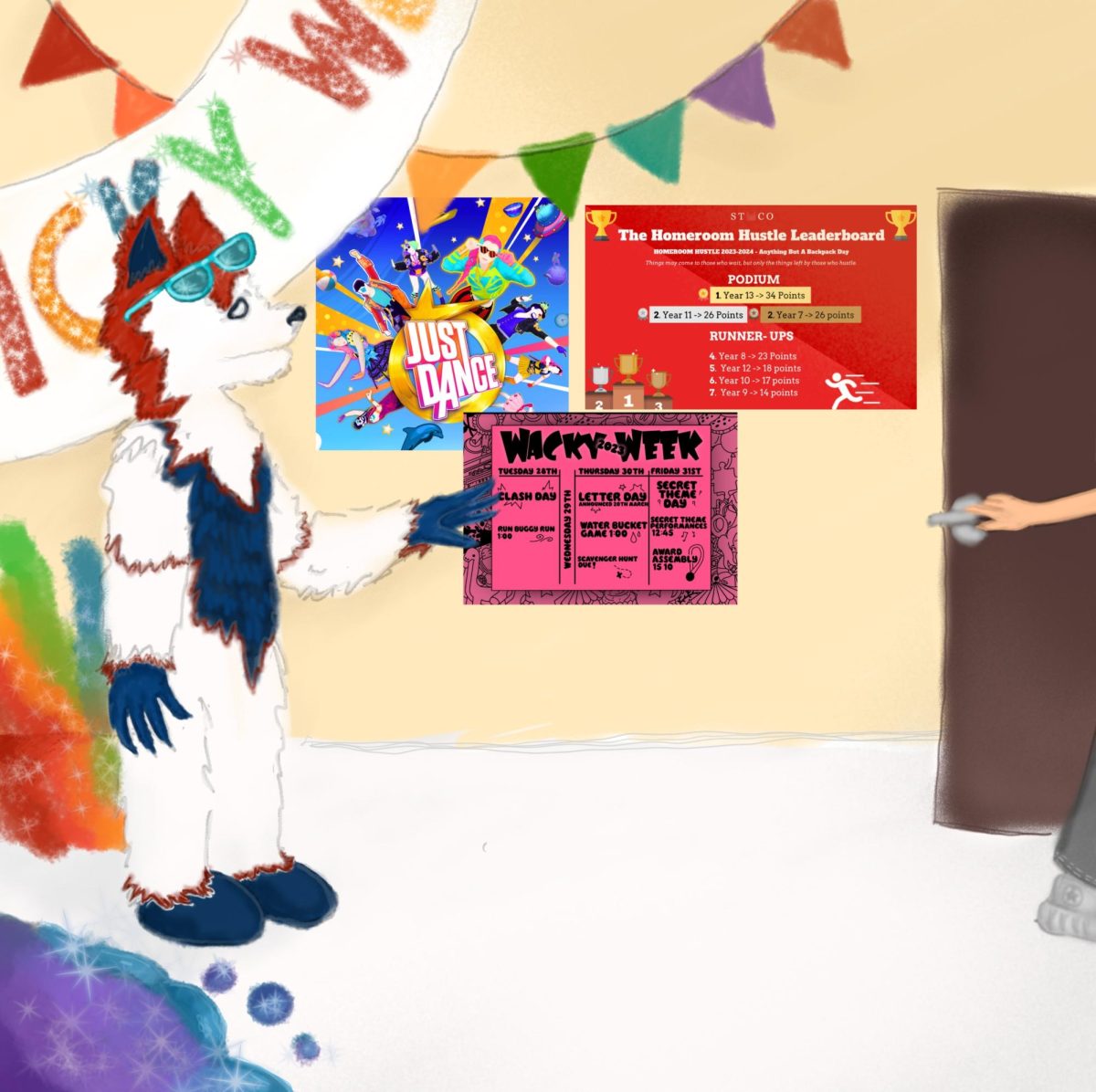According to Ms. Gifford, our school does invest in many sessions during assemblies or homeroom, educating the student body on different social issues such as racism, or LGBTQI+ issues. However, despite this, it’s evident that a number of the students do not engage in the ideas presented outside of said sessions. Toxic masculinity is prominent among the students and in the school, and ‘banter’ which can turn into hateful remarks about race and LGBTQ+ issues are far too commonly heard on the corridors.
This appears to be evident in the male student population. Snide quips made at different opportunities by the boys in the school. Some may see this as an act of indifference, or perhaps a poorly made attempt at satire. However, it seems more like a desperate attempt at needed self-affirmation or validation from their peers. According to Kelly Treleaven in an article about toxic masculinity in schools, this culture of trying to remain ‘casual’ or satirical in front of friends, is one which restricts boys from being able to have valid feelings. It shapes young minds in the sense that if there is always a need for everything to be a joke – nothing serious or meaningful can ever be expressed. The environment, therefore, created, is a double-edged sword which harms not only the boys themselves- but also the people around them. This toxic masculinity makes the school a place in which sentimental relationships are seen as ‘cringe’. Consequently, deeper connections or indeed friendships may not be able to be made as the students feel that they are constantly walking on eggshells.
In the opinion of a year 10 student at the school, Antonio Gradini, toxic masculinity is fiercely prevalent in our school, particularly in boys aged 11-16. He feels that this results in students feeling excluded, or finding it hard to fit in. It’s particularly harmful because the comments aren’t just made once, but are rather continuous, making it tiring for those who simply want to live. According to Antonio, boys in our school can use hurtful comments, which often contain unacceptable vocabulary that diminishes certain groups of people – even dehumanises them.
Certain students with this mindset cannot see beyond a particular aspect of another student’s identity, and thus have to make everything the other does about that aspect, regardless of their feelings about it. This can be both emotionally draining and isolating for the person targeted. The school’s efforts to try and integrate all students into the community are diminished when other students harass peers of particular groups, genders, or those who act a certain way which doesn’t fit into their stereotypical view.
Furthermore, this type of behaviour is made increasingly detrimental when social media platforms are added to the equation. This kind of behaviour is perpetuated in our school, as well as others, based on what students consume on social media. While videos are shown online, what students watch, ultimately translates into how they act, and what they accept.
The more obviously harmful content which is shown to these students would be the countless videos which promote this toxic mindset, claiming that men shouldn’t be caring or emotional beings. Figures such as Andrew Tate push out this narrative in a clever way, by appealing to males who feel marginalised. However, this can be seen not just in videos, but also in comments on videos which show men displaying more caring or empathetic traits. Comments often claim that the men in said videos “aren’t real men”, or that they are “gay”. Being sensitive or showing concern for others is seen as abnormal or unmanly. Instead, calling people racial slurs, and being fatphobic, or homophobic is seen as the norm. In an NBC article, Connie Cass claims that “fifty-seven percent of survey respondents using this kind of hateful language use it because they are young people who are “trying to be funny”. Hateful speech is especially prominent towards individuals who are overweight. According to the AP-MTV poll, 47% of the participants reported that the comments they made towards this group of people were meant to be hurtful.
This language is mostly seen online, but younger generations are becoming progressively more attuned to social media being part of their daily lives, and it is being integrated into their routines at younger and younger ages. If they see this while their minds are still in the very early stages of development, they might perceive it as something that all people do. Something that is not offensive. They just see it as “banter”, rather than something which can cause harm to the people who are being made fun of.
The school is quite vigilant, and they do reprimand this behaviour heavily when it occurs. The school also already holds workshops which try to educate the student body on different minorities and groups of people, as well as mental health issues. However, the school can only really take reactive action if a student decides to come forward, or if a teacher observes this behaviour. Often, students may feel scared to do so, as they’re worried about how it will affect their reputation, or their relationships with other students, or even teachers. In order for real change to happen, it will take much more time, and the culture itself needs to be shifted.


